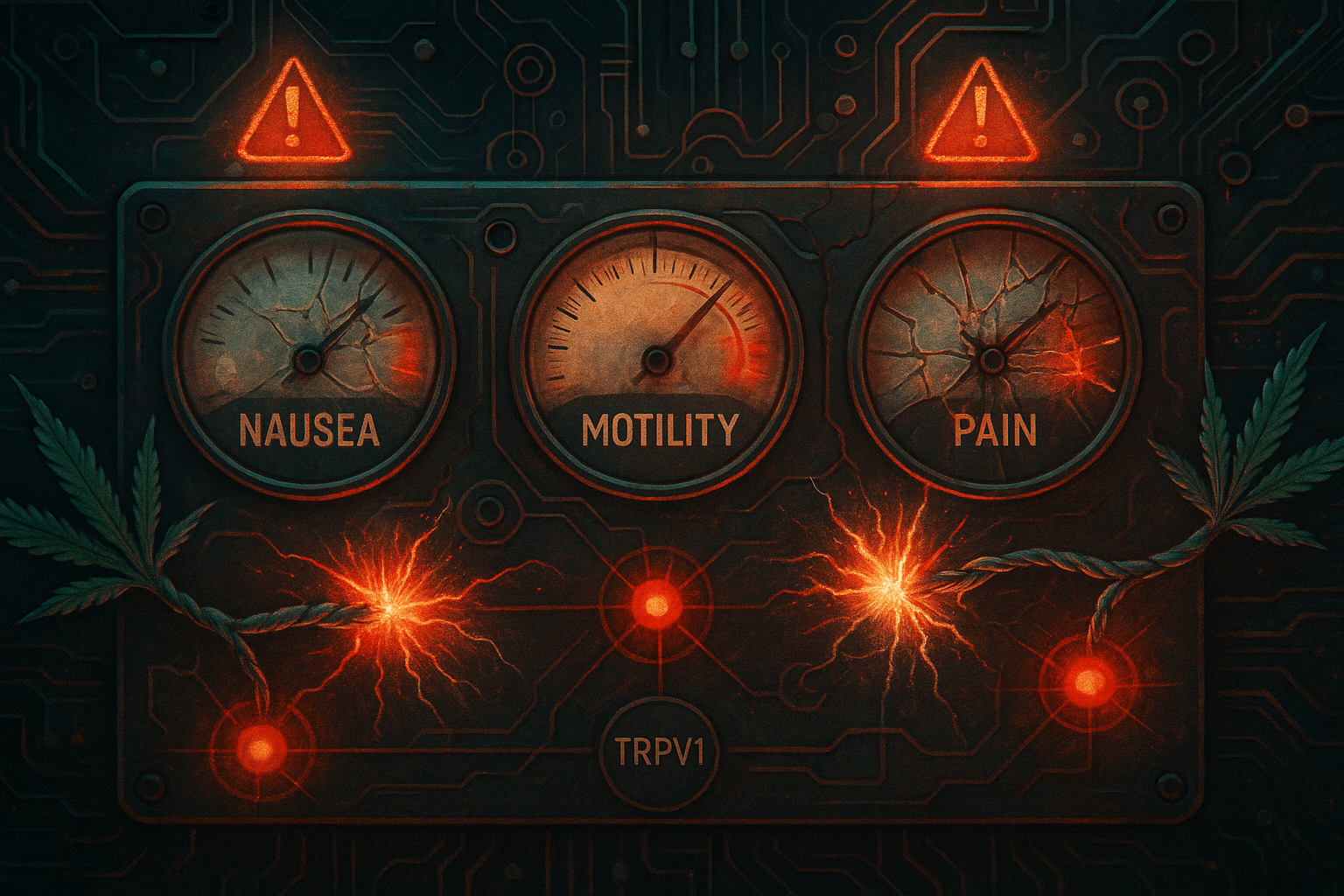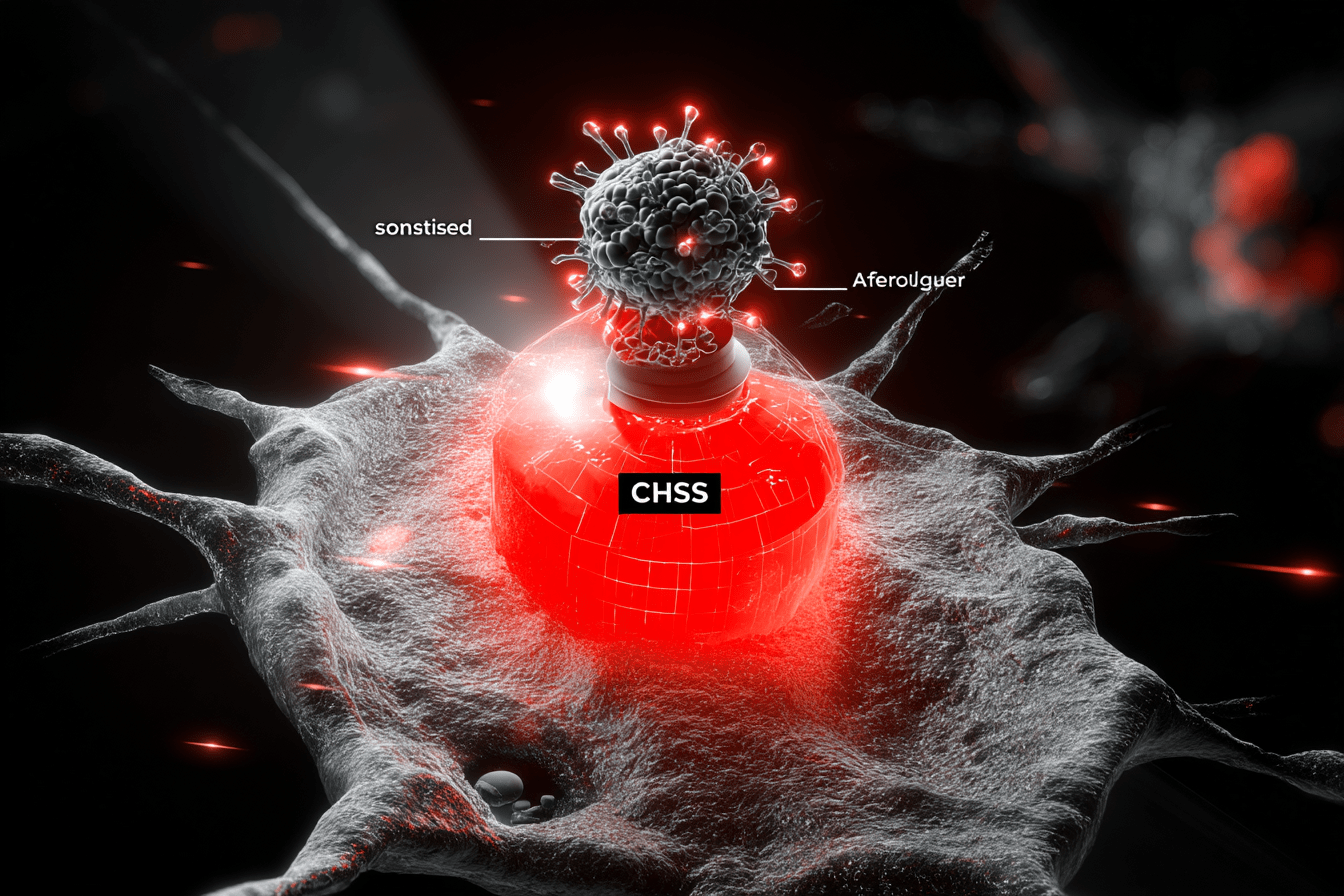
Beyond Miserable
Learn how to identify severe Cannabinoid Hyperemesis Syndrome (CHS) symptoms like uncontrollable vomiting, dehydration, and abdominal pain — and know when it's time to seek emergency medical care.
Read More →Straightforward articles, short videos, and answers to your most common questions.
Short, clear videos explain CHS, capsaicin science, and real user experiences.
Understanding the basics of Cannabinoid Hyperemesis Syndrome
Everything you need to know about managing CHS episodes effectively.

Learn how to identify severe Cannabinoid Hyperemesis Syndrome (CHS) symptoms like uncontrollable vomiting, dehydration, and abdominal pain — and know when it's time to seek emergency medical care.
Read More →
Feeling nauseous after your morning cannabis routine? Learn to recognize the early signs of Cannabinoid Hyperemesis Syndrome (CHS) before it escalates.
Read More →
Learn about effective ways to manage Cannabinoid Hyperemesis Syndrome (CHS) symptoms using temporary relief tools like hot showers, capsaicin cream, hydration, and more. Focus on long-term recovery through cannabis cessation.
Read More →
This article explores the science behind Cannabinoid Hyperemesis Syndrome (CHS), explaining how chronic cannabis use disrupts the endocannabinoid system and affects the gut through receptor overload, leading to severe nausea and vomiting. It highlights why stopping cannabis is essential for recovery.
Read More →
Cannabinoid Hyperemesis Syndrome (CHS) is a condition caused by long-term cannabis use, leading to severe nausea and vomiting. While it remains rare among casual users, it appears to be more common in heavy, long-term cannabis users. CHS is often misdiagnosed due to its similarity to other conditions, and the increasing recognition of the syndrome is crucial for proper diagnosis and treatment.
Read More →
This article explores whether Cannabinoid Hyperemesis Syndrome (CHS) is a permanent condition. It breaks down the difference between the temporary symptoms and the likely long-term sensitivity to cannabis, offering insights into recovery, relapse risk, and long-term management.
Read More →Most users report feeling relief within minutes after applying CHS SOS. Response times may vary depending on the individual and the severity of the episode.
Yes. CHS SOS is formulated with 0.2% capsaicin, a strength that is safe for topical use and has been clinically inspired by emergency room settings. Always follow the on-pack directions.
Hot showers provide temporary relief because heat activates the same TRPV1 receptors. CHS SOS uses capsaicin to target those receptors directly, delivering relief without water, privacy concerns, or hours under hot water.
CHS SOS is designed as an at-home, emergency-ready option to manage episodes quickly and discreetly. It does not replace medical care. If symptoms are severe, persistent, or unusual, you should seek professional medical attention.
Every order is backed by our 100% Satisfaction Guarantee. If CHS SOS doesn't help you manage symptoms, you can request a full refund — no questions asked.
A warming or tingling sensation is normal and expected. This means the formula is activating the receptors. The cream is carefully balanced at 0.2% to be effective yet tolerable. If you experience significant discomfort, discontinue use.
Yes. CHS SOS can be applied discreetly at any time — day or night. Many users keep a tube at their bedside to respond quickly to nighttime episodes.
Yes. Each tube is compact and TSA-friendly, making it easy to keep in your bag, car, or travel kit.
Store CHS SOS in a cool, dry place, away from direct sunlight and heat. Keep the cap tightly closed and out of reach of children.
CHS SOS is designed to provide symptom relief and is not a cure for CHS. The only way to eliminate CHS symptoms permanently is to completely stop consuming cannabis products.
Seek immediate medical attention if you experience:
CHS SOS should complement, not replace, proper medical care when needed.